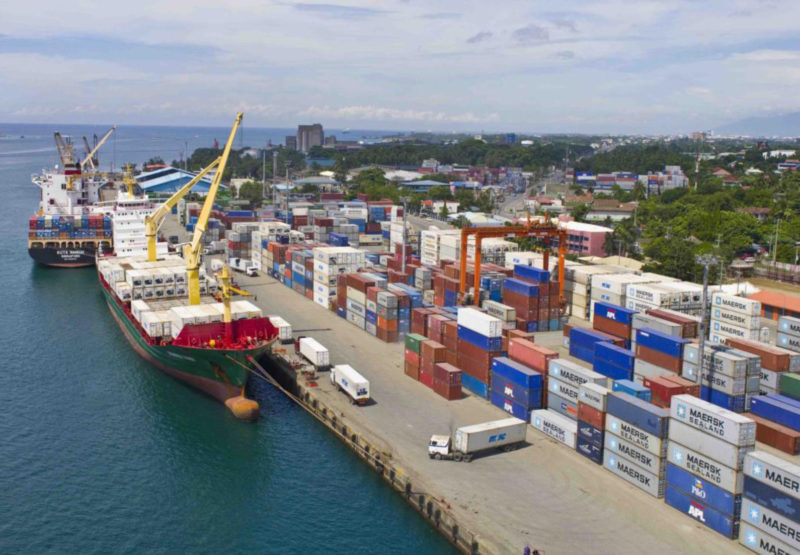Saturday, May 4, 2013
Port Of Davao, Philippines
The Port of Davao is on the Philippines’ Mindanao Island at the mouth of the Davao River as it enters the Davao Gulf. Protected by Samal Island, Davao City is a regional center for Davao Region, although it is administratively independent of any province. It contains as many as 50 small commercial ports, and its major seaports are some of the busiest in the southern Philippines.
The Port of Davao is a deep-water facility at Sasa about eight kilometers northeast of Davao City’s port for smaller vessels at Santa Ana. The Port of Davao handles inter-island passengers and cargoes that include copra, maize, and rice. Its international export traffic is primarily abaca, the main agricultural product in the region. Davao City and the Port of Davao are becoming the main center for tourism, business, and investment in the southern Philippines. In 2000, over 1.1 million people lived in Davao City.
The Philippine Ports Authority (PPA), Port Management Office (PMO) Davao, is a government corporation responsible for funding, managing, and operating the country’s public ports. The organization’s charter also requires it to implement an integrated port system to promote maritime trade and to help transform the Philippines into an industrialized country.
In order to meet this goal, the PPA plans to modernize at least ten ports by the year 2010, improve port services, reduce client costs, integrate both community development and environmental protection into port development and operations, and provide a positive and productive working environment for port employees.
In 2007, more than 21.5 thousand vessels called at the Port of Davao, including 1760 foreign vessels. The Port of Davao handled almost 9 million tons of cargo in 2007, including 5.0 million tons of foreign cargo, 3.9 million tons of domestic cargo, and 64.4 thousand tons of transshipments. While the Port of Davao welcomed more than 105.9 thousand passengers in 2007, other government ports in Davao City handled 1.4 million passengers.
The Port of Davao handled 3.9 million tons of imports/inbound cargoes and 5.1 million tons of exports/outbound cargoes. Of the total 9 million tons of cargo moving through the port in 2007, containers accounted for 4.0 million tons, breakbulk cargoes were 3.1 million tons, and bulk cargoes were 1.8 million tons.
PMO Davao, the Port of Davao’s management office, considers Sasa Wharf to be its base port. Most commercial cargoes and passengers are handled about ten kilometers from the city center at Sasa Wharf. PMO Davao has regulatory responsibility for several municipal ports and 18 private ports within the Davao City metropolitan area. The Port of Davao has trade relationships with the ports of Hong Kong and Singapore and with countries that include China, Australia, the Middle East, Europe, and the United States.
Davao City and the Port of Davao do not suffer typhoons. The weather is balmy throughout the year, with no real dry or wet season. Temperatures range from 20°C (68°F) to 30°C (86°F). Many people in the Philippines believe that Davao City and the Port of Davao are the most crime-free areas in their country. The people and the police look after tourists.
Mount Apo is the tallest mountain in the Philippines, standing over 10 thousand feet above sea level. This volcanic peak covers 72.8 hectares and is covered with natural wonders. “Apo” means grandfather, and tribal legend says the mountain is god’s domain. Visitors to the Port of Davao’s Mt. Apo will find geysers, sulfur pillars, a steaming blue lake, three rivers with tall waterfalls that boom as they fall, and rainwater lakes.
Subscribe to:
Posts (Atom)
